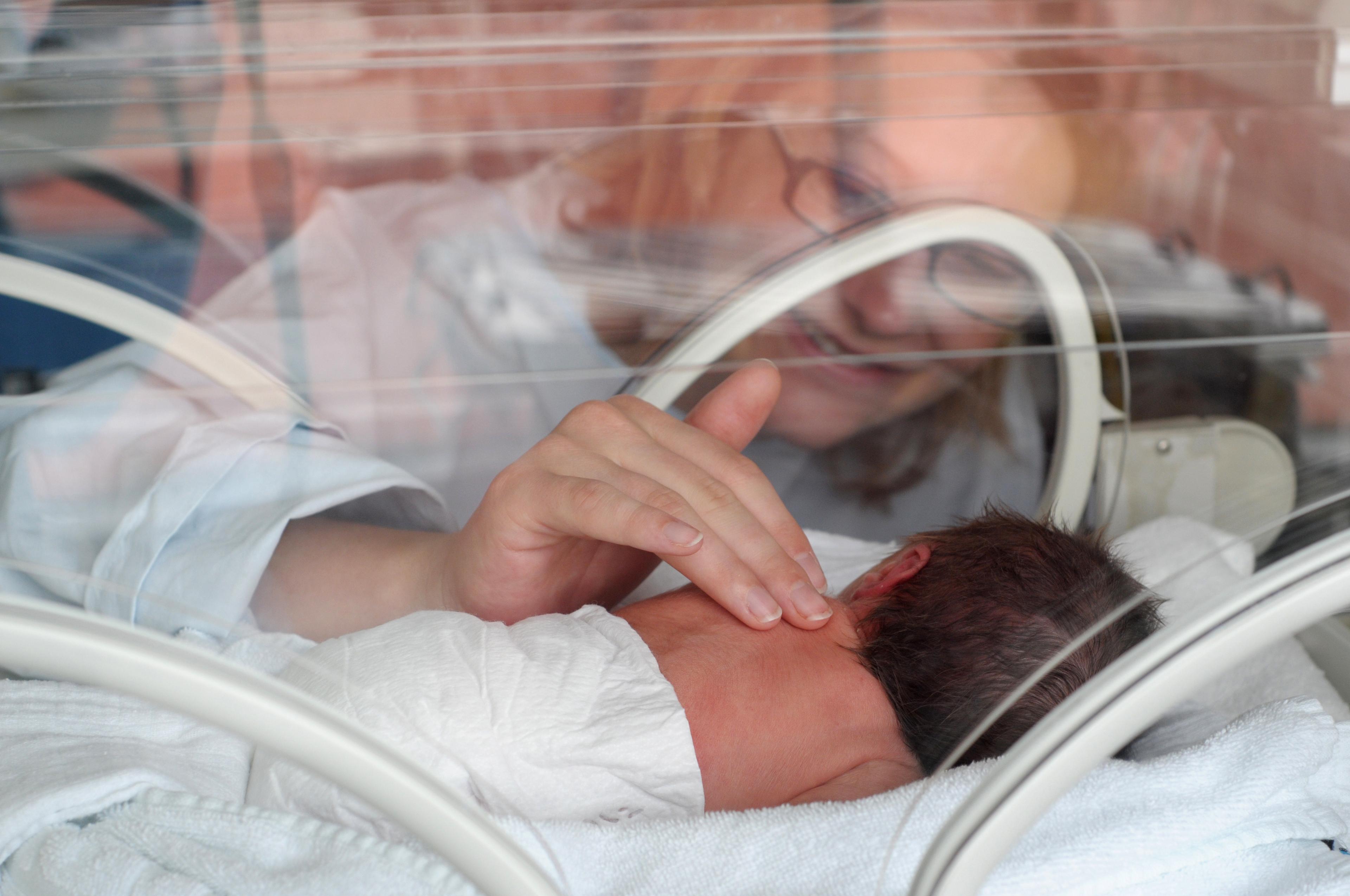What the CDC is Saying about Trick-or-Treating This Halloween
Shandra Martinez
| 3 min read

Cornstalks are getting a second life as decorations, pumpkins are being arranged on porches and huge bags of candy are now on display at your local grocery store. Little ghosts, goblins and kids dressed as Iron Man and Disney princesses are eagerly anticipating their annual candy grab. But after the pandemic prompted many parents to restrict activities last year, some might be wondering what Halloween will look like this fall. The Centers for Disease Control and Prevention recently came out with new health guidelines for kids who will be trick-or-treating this Halloween.
Looking at pre-pandemic numbers in 2019, 172 million families in the United States participated in trick-or-treating, according to the National Opinion Research Center (NORC) at the University of Chicago. That’s a lot of fun-size Snickers and Laffy Taffy bars being dropped into plastic pumpkins. Last year, the CDC urged caution around Halloween activities as the pandemic was in full swing. This year, having available vaccines has made some people feel safer about being out in public, but children younger than 12 are still not eligible for COVID-19 vaccines – the group that makes up the majority of trick-or-treaters.
CDC Director Rochelle Walensky recently appeared on national news programs saying outdoor Halloween activities should be safe this year. Trick-or-treating outside in small groups is the safest plan for children, she said, adding that limiting crowds for this holiday is still a good option. Here are some other Halloween tips from Walensky and the CDC:
- Skip the crowded Halloween parties, especially if they are indoors .
- People age 2 or older, if not fully vaccinated, should wear a face mask when inside public places.
- If your area has a high number of COVID-19 cases, consider wearing a face mask in outdoor settings if it’s crowded.
- Don’t host or attend a Halloween gathering if you are sick or have COVID-19 symptoms.
- Outdoor parties and activities are safer than indoor ones.
- If you are celebrating Halloween inside, make sure to bring in lots of fresh air, recommends the CDC. Open windows and doors. If you can, run a window fan in an open window to send indoor air back outside. This will pull more fresh air in through the other open windows.
Even without a pandemic in the background, there is still a need for kids and parents to play it safe on Halloween. According to the U.S. Consumer Product Safety Commission, this spooky holiday can also be dangerous. An estimated 4,500 Halloween-related injuries require a trip to the emergency room in this country every fall. Here’s a recent year’s breakdown on what’s causing these injuries:
- 44% from pumpkin carving
- 27% included cuts or swallowing injuries related to costumes and decorations
- 25% due to falls related to putting up or taking down decorations, or tripping on costumes while trick-or-treating
- 4% from allergic reactions and rashes
So, as your little witches, skeletons and Marvel characters head out collect their Halloween booty, here are some tips to keep in mind:
- Trim little kids’ costumes or jackets in reflective tape strips, let them hold a flashlight or attach some glow sticks to their treat bag. This will make them easier to see when it gets dark.
- Costumes should not be too loose or too long. This creates trip-and-fall hazards .
- If they are wearing a Halloween mask as part of their costume, check to make sure the eye holes match up with their face so they can see well as they walk.
- When carving pumpkins, leave the knife work to adults. Kids can use a spoon to scoop out the seeds and clean out the inside of the squash.
- Use solar or battery-operated lights in your pumpkin instead of an open flame.
Related:
Photo credit: Getty Images





